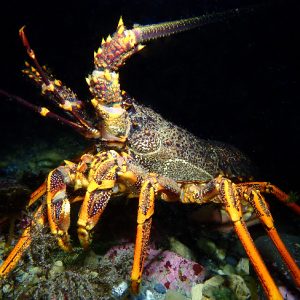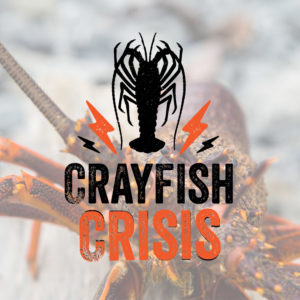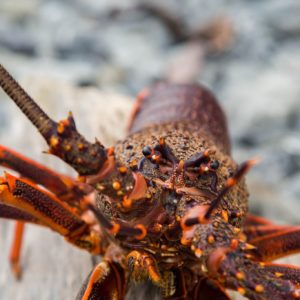
If you were one of the thousands of people who completed the LegaSea Crayfish Crisis survey in the past few months, thanks a lot. LegaSea appreciates your time and the information you shared to help us build a picture of what has changed in the cray fishery between Pakiri in the north and East Cape.
There is overwhelming support to manage this fishery, known as CRA 2, in a more precautionary manner. The Minister has considered all the data, made a decision, and the new catch limits have applied since April 1st, 2018.
Recreational fishers are dissatisfied that MPI and the National Rock Lobster Management Group have failed to manage the CRA 2 fishery in an abundant state. CRA 2 has been decimated by years of excessive commercial potting yet the managers have avoided making the hard decisions. Now the fishery is in desperate need of rebuilding.
Over the past few months, many recreational fishers have indicated they want to contribute to restoring CRA 2 to healthy levels. Our dilemma is working out how we can make a meaningful contribution to this rebuild when CRA 2 is in such a poor state.
MPI has indicated they will issue a paper in the next few months discussing various bag limit reductions. We know from the 2011-12 National Panel Survey that only 17% of fishers return with a maximum bag limit of six. Researchers have also found that 73% of us return with zero, one or two crayfish. So a bag limit reduction to one or two crayfish per person may not contribute much to the required rebuild.
So where does this leave us?
We cannot expect recreational fishers to agree to a zero bag limit if MPI and commercial fishing interests continue their relentless drive to grow export markets.
Around 95% of live cray exports already go to China, this suggests that a diner in China has better access to our crayfish than a Kiwi family in Aotearoa.
We need to bring some equity into this conversation.
It is grossly unfair that quota owners are benefiting from a fishery that is fast becoming inaccessible to and yet is supposed to belong to, ordinary New Zealanders. Even more concerning is the unknown environmental effects of depleting a fishery to the point where the population cannot even carry out their role in maintaining nature’s balance, all because of high prices, poor management, and greed.
We owe it to our kids to restore this fishery now.
How can you help?
Join the team. Please –
- Sign up to receive digital newsletters.
- Donate or become a regular contributing LegaSea Legend.





